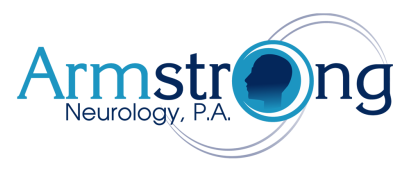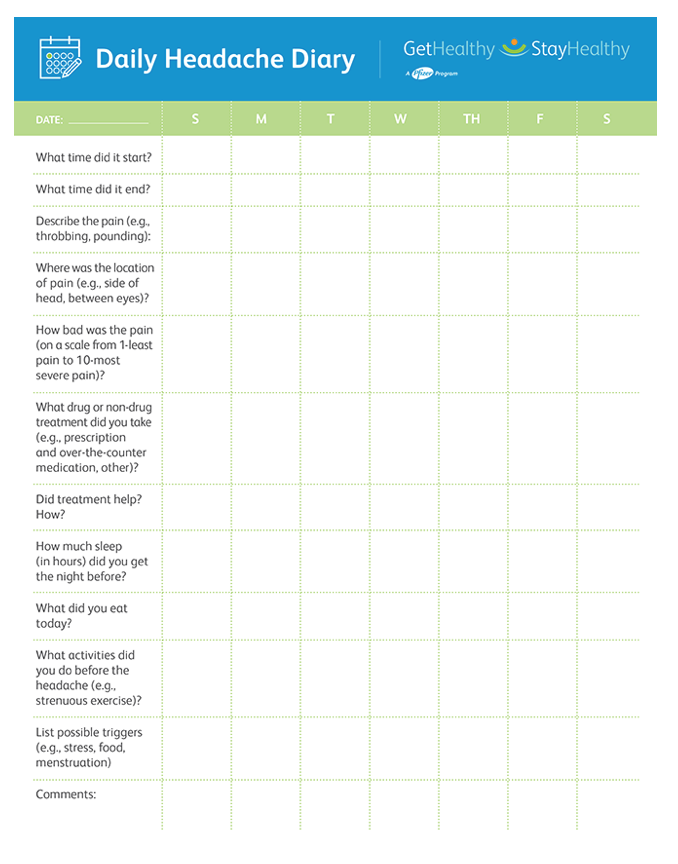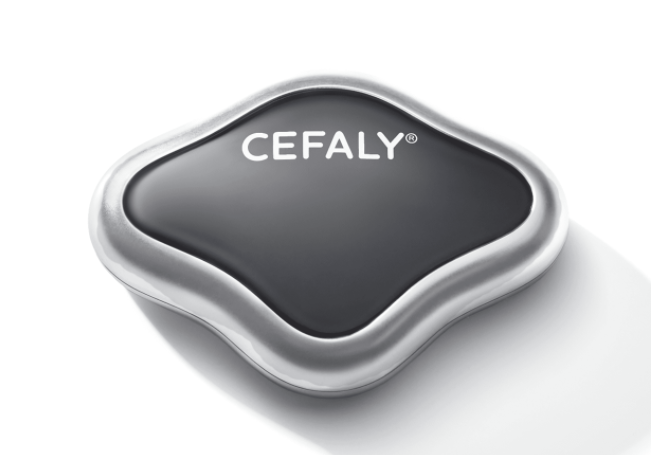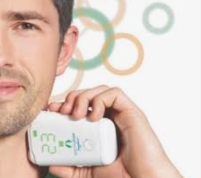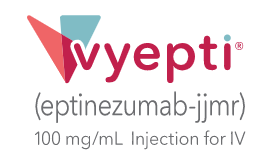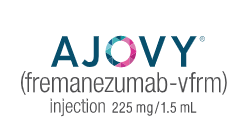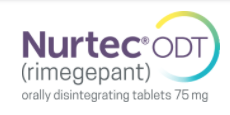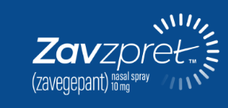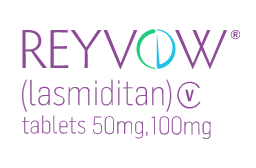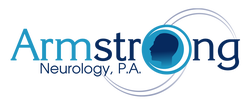Headache
There are a variety of different headache types.While some forms of headache are critical and potentially life-threatening, others are more chronic in nature, but may significantly interfere with a patient's activities of daily living.
Here are some general guidelines to help better manage your headaches. This information can best be viewed as the standard "homework assignment" for patients be evaluated and treated for headache at the clinic.
The section section describes a number of medical therapies that are available to patients to help manages headaches. The landscape of therapies to assist patients with headaches is continually expanding. With a little effort and patience, most patients are able to attain significant relief of their headaches.
There are a variety of different headache types.While some forms of headache are critical and potentially life-threatening, others are more chronic in nature, but may significantly interfere with a patient's activities of daily living.
Here are some general guidelines to help better manage your headaches. This information can best be viewed as the standard "homework assignment" for patients be evaluated and treated for headache at the clinic.
The section section describes a number of medical therapies that are available to patients to help manages headaches. The landscape of therapies to assist patients with headaches is continually expanding. With a little effort and patience, most patients are able to attain significant relief of their headaches.
Headache
There are a variety of different headache types.While some forms of headache are critical and potentially life-threatening, others are more chronic in nature, but may significantly interfere with a patient's activities of daily living.
Here are some general guidelines to help better manage your headaches. This information can best be viewed as the standard "homework assignment" for patients be evaluated and treated for headache at the clinic.
The section section describes a number of medical therapies that are available to patients to help manages headaches. The landscape of therapies to assist patients with headaches is continually expanding. With a little effort and patience, most patients are able to attain significant relief of their headaches.
Headache diary:
The headache diary is an essential tool in helping to diagnose different types of headache.It also helps to identify causes of headache and provides clues for treatment options.Relevant items would include; the timing of the headaches, anything that might have caused the headache, features of the headache itself (location, severity, throbbing / stabbing / dull pressure, duration, and aura). Noting exacerbating factors such as certain foods or beverages is helpful. Recording medications taken for the headache is also useful.
Today there are also a number of apps to assist patients in tracking their headaches.
Click below to download a sample headache diary to get started.
| daily_headache_diary.pdf | |
| File Size: | 12 kb |
| File Type: | |
Exercise:
Exercise is essential for overall health. However, you may be surprised to know that it is also essential in helping to prevent and alleviate headaches.
Focus on sleep:
Good sleep habits and adequate sleep volume are important factors to address for patients with headache. Maintaining a consistent sleep schedule is important.
Massage therapy:
Massage therapy helps to relax the muscle tension that often provokes headaches.
Evaluate associated conditions:
There are a variety of conditions that may provoke or exacerbate headaches. It is important to stay up to date with Dental and Optometry / Ophthalmology evaluations. Allergies should be identified and appropriately treated.
Avoid excessive medication:
A very common form of headache is rebound headache. These are headaches associated with the over-use of both non-narcotic and narcotic analgesics. Although common over the counter pain relievers are generally safe for the occasional headache, the over use of these products can actually cause a condition of chronic daily headaches. This is due to the inhibition of the naturally secreted pain relieving molecules produced by the brain.
Exercise is essential for overall health. However, you may be surprised to know that it is also essential in helping to prevent and alleviate headaches.
Focus on sleep:
Good sleep habits and adequate sleep volume are important factors to address for patients with headache. Maintaining a consistent sleep schedule is important.
Massage therapy:
Massage therapy helps to relax the muscle tension that often provokes headaches.
Evaluate associated conditions:
There are a variety of conditions that may provoke or exacerbate headaches. It is important to stay up to date with Dental and Optometry / Ophthalmology evaluations. Allergies should be identified and appropriately treated.
Avoid excessive medication:
A very common form of headache is rebound headache. These are headaches associated with the over-use of both non-narcotic and narcotic analgesics. Although common over the counter pain relievers are generally safe for the occasional headache, the over use of these products can actually cause a condition of chronic daily headaches. This is due to the inhibition of the naturally secreted pain relieving molecules produced by the brain.
Relaxation techniques:
Relaxation techniques are often helpful to alleviate and prevent headaches. Taking small breaks during the day, even for just a few minutes of internal reflection can help. Meditation and focus on internal relaxation of the mind are also helpful .
Relaxation techniques are often helpful to alleviate and prevent headaches. Taking small breaks during the day, even for just a few minutes of internal reflection can help. Meditation and focus on internal relaxation of the mind are also helpful .
Meditation guides:
Below are several links to sites that may be of benefit to help serve as guides to meditation and relaxation. Check these links to find the ones that are of the most benefit.
Below are several links to sites that may be of benefit to help serve as guides to meditation and relaxation. Check these links to find the ones that are of the most benefit.
|
|
|
Medical Therapies for Headache
Traditional preventative migraine therapies:
The classical preventative migraine medications include therapies such as; Depakote, Propranolol, Elavil, Topamax and Verapamil. In many cases insurance companies may insist this more traditional (an less expensive) therapies be attempted prior to the administration of newer medications.
Abortive therapies:
For milder headaches non-narcotic over the counter analgesics may be sufficient However, for others, more powerful prescription medications may be indicated.
The Triptans:
The triptans were introduced in the early 1990s. This class of drugs are agonists of the serotonin receptor. They have largely replaced older medications such as the ergotamines. Examples include: Maxalt, Imitrex, Zomig, Amerge, Axert, Relpax, and Frova.
Botox therapy:
Botox therapy is an FDA approved treatment for chronic migraine. This involves a series of tiny injections into a number of muscles that are known to be associated with chronic headache. Many patients note significant relief of headache with this treatment. Click on the icon below for more information:
Migraine Devices:
There are now several FDA approved devices for migraine. The benefit of these devices is that they are non-invasive and do not require injections or taking pills. Clicking on the images will direct you to the websites for these products.
Cefaly Dual GammaCore Nerivio
The CGRP era of headache management:
Begining in 2019 a new class of medications were introduced for the treatment of migraine. These are the calcitonin gene related peptide therapies. This new class of medications is an excellent option for many patients who have not achieved adequate responses to more traditional therapies. Click on the individual icons for more information.
Preventative:
IV infusion:
Monthly s.q. injections:
Daily oral therapy:
Abortive therapies (pills / intranasal):
Introducing the "Ditans":
In October of 2019 a new class of medication known as the "Ditans" was introduced.
The Ditan Tablet Lasmiditan (Reyvow) is a newly approved (October 2019) migraine abortive tablet. It is a “ditan,” that is, an antagonist at the 5-HT 1F serotonin receptor. Lasmiditan does not constrict the coronary or cerebral vessels and offers an alternative for those who cannot take the triptans. As with the gepant use, there are patients who may respond to lasmiditan, who do not do well with the triptans. Lasmiditan, available in 50- and 100-mg tablets, is a controlled (Schedule V) substance. Patients are cautioned not to drive for 8 hours after using lasmiditan. It is indicated for only one dose per day. Dizziness has been one of the prominent side effects thus far.
